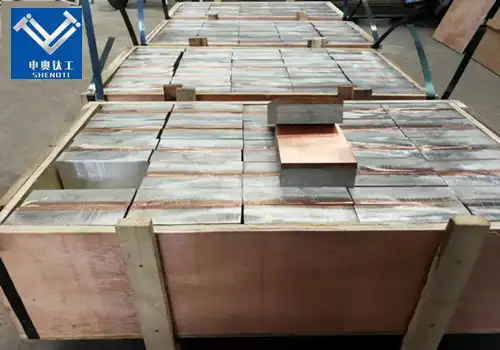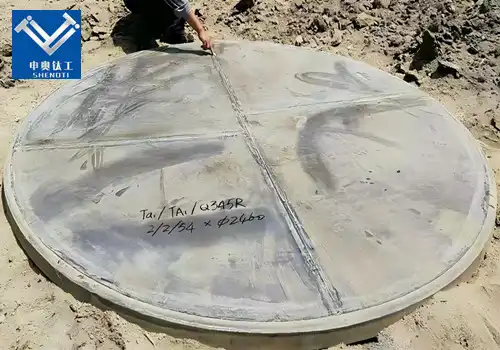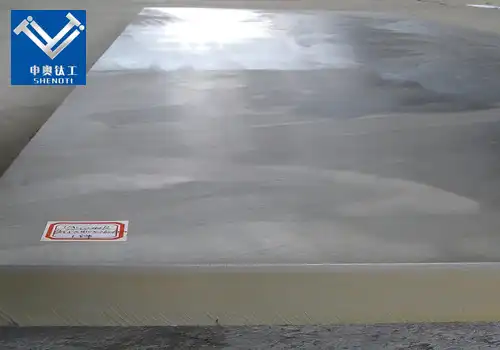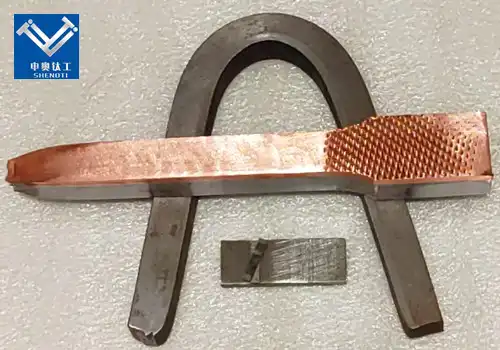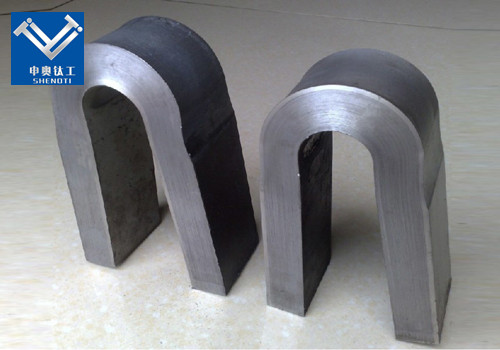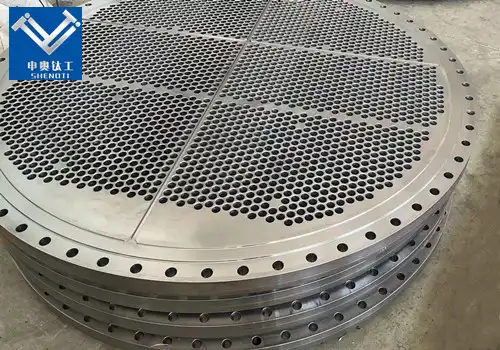
In Which Industries Are Bimetallic Aluminum DT4 Clad Plates Mainly Used?
2025-05-07 15:34:26
In Which Industries Are Bimetallic Aluminum DT4 Clad Plates Mainly Used?
Bimetallic Aluminum DT4 clad plates are engineered materials combining the lightweight, corrosion-resistant properties of aluminum with the magnetic and electrical characteristics of DT4 pure iron.
What Are the Advantages of Aluminum Clad Plates Compared to Solid Metal Plates?
Aluminum clad plates offer several benefits over traditional solid metal plates:
Weight Reduction: Aluminum's low density contributes to overall weight savings, crucial in industries like aerospace and automotive.
Corrosion Resistance: Aluminum forms a protective oxide layer, enhancing durability in corrosive environments.
Cost Efficiency: Cladding allows for the use of less expensive base metals while achieving desired surface properties, reducing material costs.
Enhanced Properties: Combining different metals can yield superior mechanical, thermal, or electrical properties tailored to specific applications.
Design Flexibility: Clad plates can be engineered to meet specific requirements, offering versatility in design and application.
How Is the Bimetallic Bond Between Aluminum and DT4 Iron Achieved?
Creating a reliable bond between aluminum and DT4 iron involves specialized cladding techniques:
Explosion Bonding: A high-energy process where controlled explosions forcefully join the metals, creating a metallurgical bond without melting.
Roll Bonding: The metals are pressed together under high pressure and temperature, causing diffusion at the interface and forming a solid-state bond.
Diffusion Bonding: Involves holding the metals together at elevated temperatures for extended periods, allowing atoms to diffuse across the interface.
Each method ensures a strong, durable bond, enabling the clad plate to perform effectively under various operational conditions.
What Are the Key Applications of Aluminum DT4 Clad Plates in the Energy Sector?
In the energy industry, Aluminum DT4 clad plates are utilized for their combined electrical conductivity and magnetic properties:
Transformers and Reactors: DT4 iron's magnetic properties are essential in transformer cores, while aluminum provides structural support and corrosion resistance.
Busbars and Conductors: The aluminum layer ensures efficient electrical conductivity, and the DT4 iron core maintains mechanical strength.
Heat Exchangers: Aluminum's thermal conductivity aids in efficient heat transfer, and the DT4 iron layer withstands mechanical stresses.
These applications benefit from the clad plate's ability to combine electrical, magnetic, and structural properties in a single material.
How Do Aluminum DT4 Clad Plates Enhance Performance in the Automotive Industry?
The automotive sector leverages the unique properties of Aluminum DT4 clad plates to improve vehicle performance and efficiency:
Electric Motors: DT4 iron's magnetic properties enhance motor efficiency, while aluminum reduces weight, contributing to overall vehicle efficiency.
Battery Components: Aluminum's conductivity and corrosion resistance are ideal for battery enclosures, and DT4 iron provides structural integrity.
Chassis and Structural Parts: The combination offers strength and weight savings, essential for improving fuel economy and handling.
By integrating these clad plates, manufacturers achieve a balance between performance, safety, and efficiency.
What Role Do Aluminum DT4 Clad Plates Play in the Aerospace Industry?
In aerospace applications, the demand for materials that offer strength, lightweight, and reliability is paramount:
Aircraft Structures: Aluminum's low weight contributes to fuel efficiency, while DT4 iron's strength ensures structural integrity.
Electromagnetic Shielding: DT4 iron's magnetic properties are utilized in shielding sensitive avionics from electromagnetic interference.
Thermal Management Systems: Aluminum's thermal conductivity aids in dissipating heat from critical components.
The synergy of these properties in clad plates supports the stringent requirements of aerospace engineering.
How Are Aluminum DT4 Clad Plates Utilized in the Electronics and Electrical Industries?
The electronics and electrical sectors benefit from the unique combination of properties offered by Aluminum DT4 clad plates:
Magnetic Components: DT4 iron's magnetic permeability is essential in inductors and transformers, while aluminum aids in heat dissipation.
Circuit Boards: Aluminum provides a lightweight, conductive base, and DT4 iron can be used for magnetic shielding.
Enclosures and Casings: The clad plates offer electromagnetic interference shielding and structural protection for sensitive electronic equipment.
These applications demonstrate the versatility of clad plates in meeting the complex demands of modern electronics.
Contact Us
For more information on Bimetallic Aluminum DT4 Clad Plates and their applications, please contact us:
Email: zh@baojiti.com.cn
Our team is ready to provide detailed information, technical support, and customized solutions to meet your specific needs.
YOU MAY LIKE











